Unveiling the Role of Geomembrane Spreader Bars in Modern Construction
In the realm of construction and environmental engineering, the use of geomembranes has become increasingly prevalent, offering solutions for waterproofing, containment, and environmental protection. Integral to the efficient and effective deployment of these geomembranes are geomembrane spreader bars. These tools play a pivotal role in ensuring the material’s integrity and performance. This article delves into the specifics of geomembrane spreader bars, exploring their purpose, application in construction, and answering some common questions related to their use.
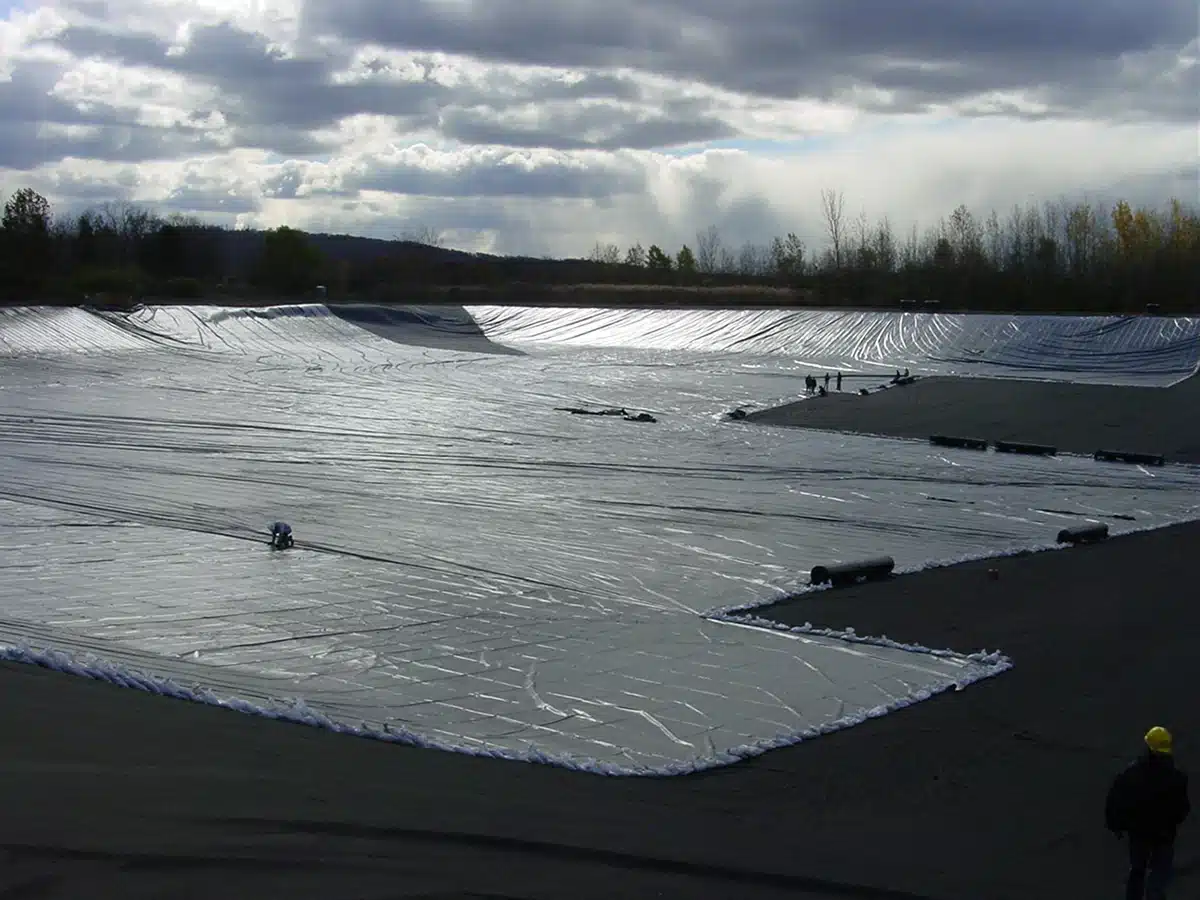
What are spreader bars used for?
Spreader bars are ingeniously designed to evenly distribute weight across a wide area, which not only serves the specific needs of geomembrane deployment but also help assist crane operators in lifting heavy loads and objects. In the specialized application of geomembranes, these bars are crucial for spreading the material flat over the designated area it needs to cover, all while avoiding any stress or damage to the geomembrane itself. This careful handling is essential for maintaining the geomembrane’s integrity, thereby ensuring it performs its intended function effectively, be it for environmental containment, waterproofing, or erosion control. By preventing the material from bunching up or stretching unevenly, spreader bars play a pivotal role in achieving a smooth, uniform application, which is indispensable for the long-term success of any project.
What is a spreader used for in construction?
In construction, a spreader, particularly a geomembrane spreader bar, is not only pivotal for the deployment of large sheets of geomembrane or other similar materials but also plays a significant role in constructing road foundations, spreading materials over surfaces, including aggregates, graded aggregates, cement, concrete, and hot or cold bituminous materials. These spreader bars are attached to the edges of the geomembrane—or the aforementioned materials—and then lifted, usually by cranes or other heavy machinery, to spread the material evenly over the designated area. This multifaceted application is especially useful in large-scale projects, such as the lining of canals, landfills, artificial ponds, or the construction of road foundations, where precision and material integrity are paramount. The spreader ensures that the geomembrane or other construction materials are laid out evenly and securely, minimizing wrinkles, folds, or uneven distribution that could compromise the liner’s effectiveness or the stability of road foundations.
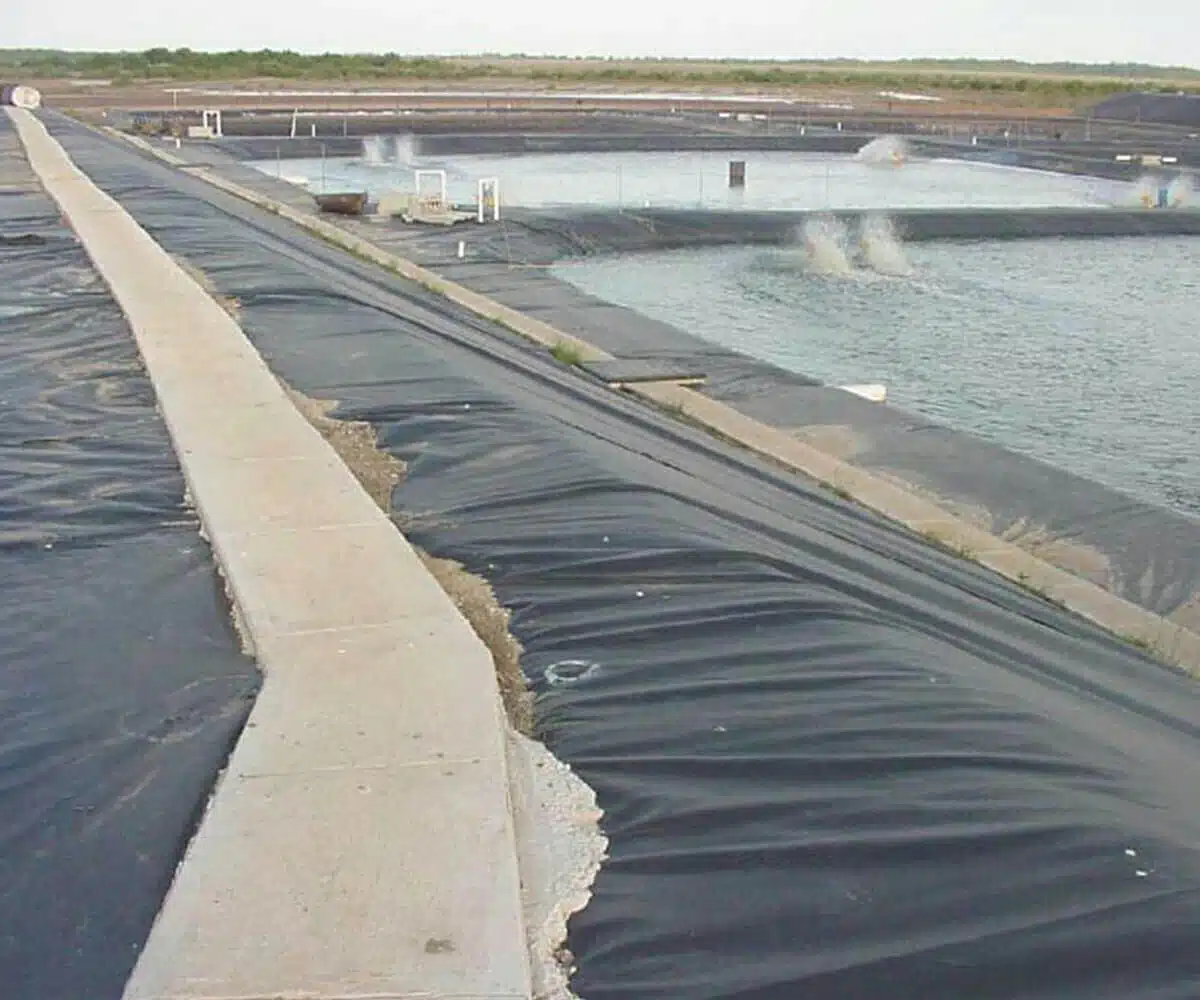
How do geomembrane spreader bars enhance installation efficiency?
Geomembrane spreader bars significantly enhance installation efficiency by enabling the rapid deployment of large geomembrane sheets across vast areas. Their use minimizes labor requirements and installation time, as they allow for the geomembrane to be spread evenly and quickly, reducing the need for manual adjustments and repositioning. This not only speeds up the installation process but also reduces the risk of errors or damage to the geomembrane, ensuring a higher quality installation. Furthermore, the efficiency brought by spreader bars can lead to cost savings, as faster installation times mean less machinery and labor hours are needed.
What considerations should be made when selecting a geomembrane spreader bar?
Selecting the right geomembrane spreader bar involves several considerations to ensure compatibility with the project’s specific needs. Firstly, the width and weight capacity of the spreader bar must match the size and weight of the geomembrane rolls being used. Additionally, the type of lifting equipment available on-site (e.g., cranes or excavators) will dictate the spreader bar’s compatibility in terms of lifting method and capacity. Environmental factors, such as wind conditions, may also influence the choice of spreader bar, as some designs offer more stability in windy conditions. Lastly, the project’s overall budget will play a role in selecting a spreader bar that provides the necessary functionality without exceeding cost constraints.
Geomembrane spreader bars are indispensable tools in the construction and environmental engineering sectors, facilitating the efficient and effective deployment of geomembranes. They ensure the material’s integrity by evenly distributing weight and minimizing the risk of damage during installation. By understanding the purpose, application, and selection criteria of geomembrane spreader bars, professionals can significantly improve the quality and efficiency of their projects, leading to better environmental protection and project outcomes.
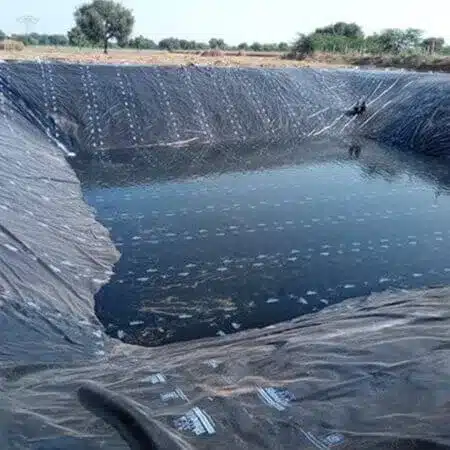
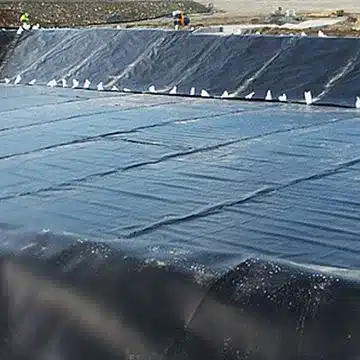
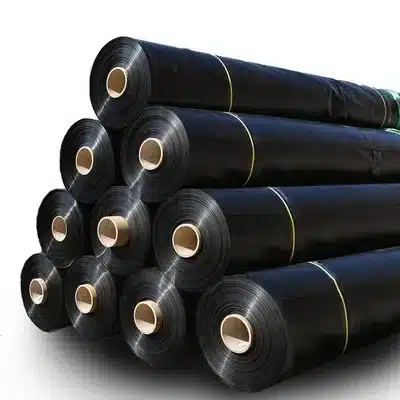
Comments
Post a Comment